- Scientifically Better
- Posts
- I biked across the US in an Apollo Polo
I biked across the US in an Apollo Polo
Here's how Evaporative Cooling can keep you out all day even when the heat index is 100+

Hi There,
Did you know that in July, the heat index can be 10+ degrees higher than the actual temperature? Don’t be fooled - an 85ºF day in New York can actually feel like nearly 100ºF! As dads like to say, “It’s not the heat, it’s the humidity that’ll get you.”
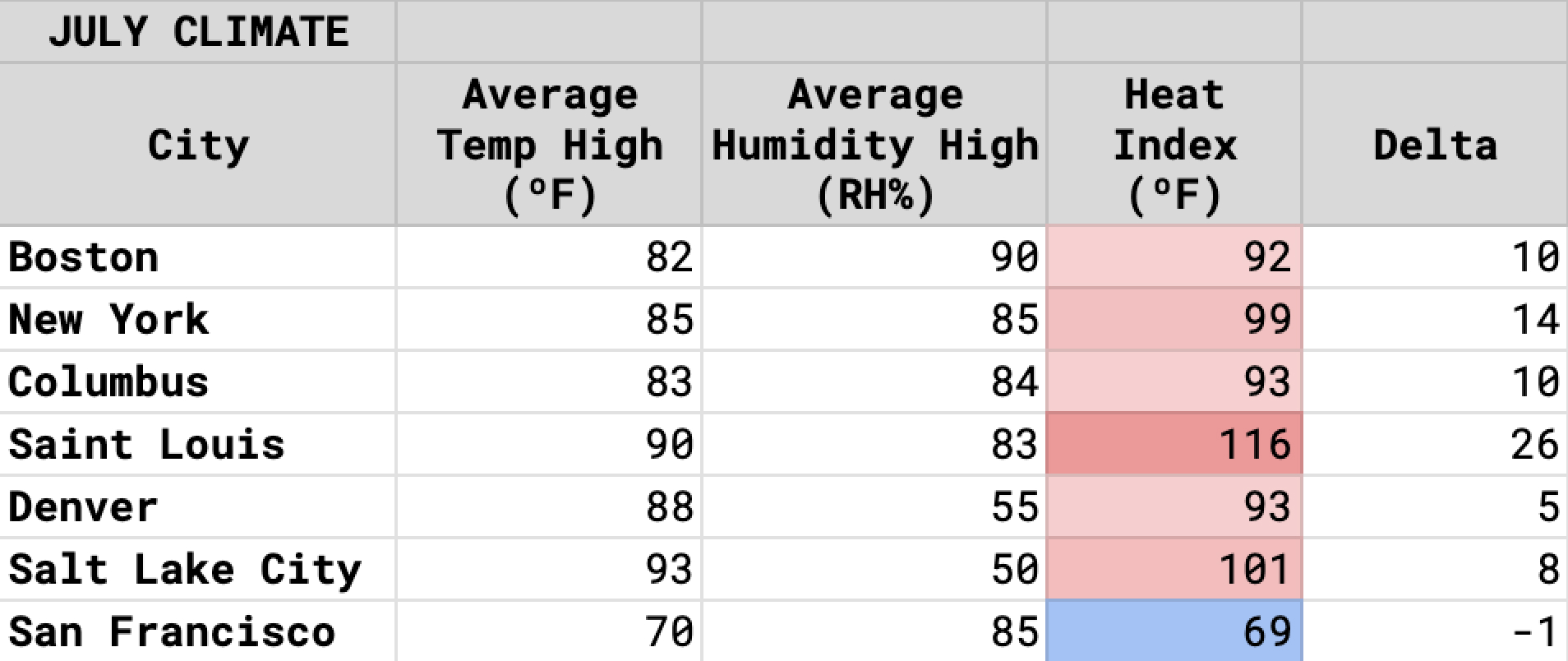
Temperature and humidity data taken fromcurrentresults.com.
Higher humidity levels combined with high temperatures mean that your body’s sweat can’t cool you down as effectively, and the heat index is a way of accounting for that - giving you the “feels like” temperature to better plan your day.
And believe me, I’ve felt it first hand. Back in the summer of 2018, I biked across the US from Boston to San Francisco in our Apollo Polo (modified with back pockets, reflective tape and US flag!), to test it across a variety of climates over several 100+ mile days.
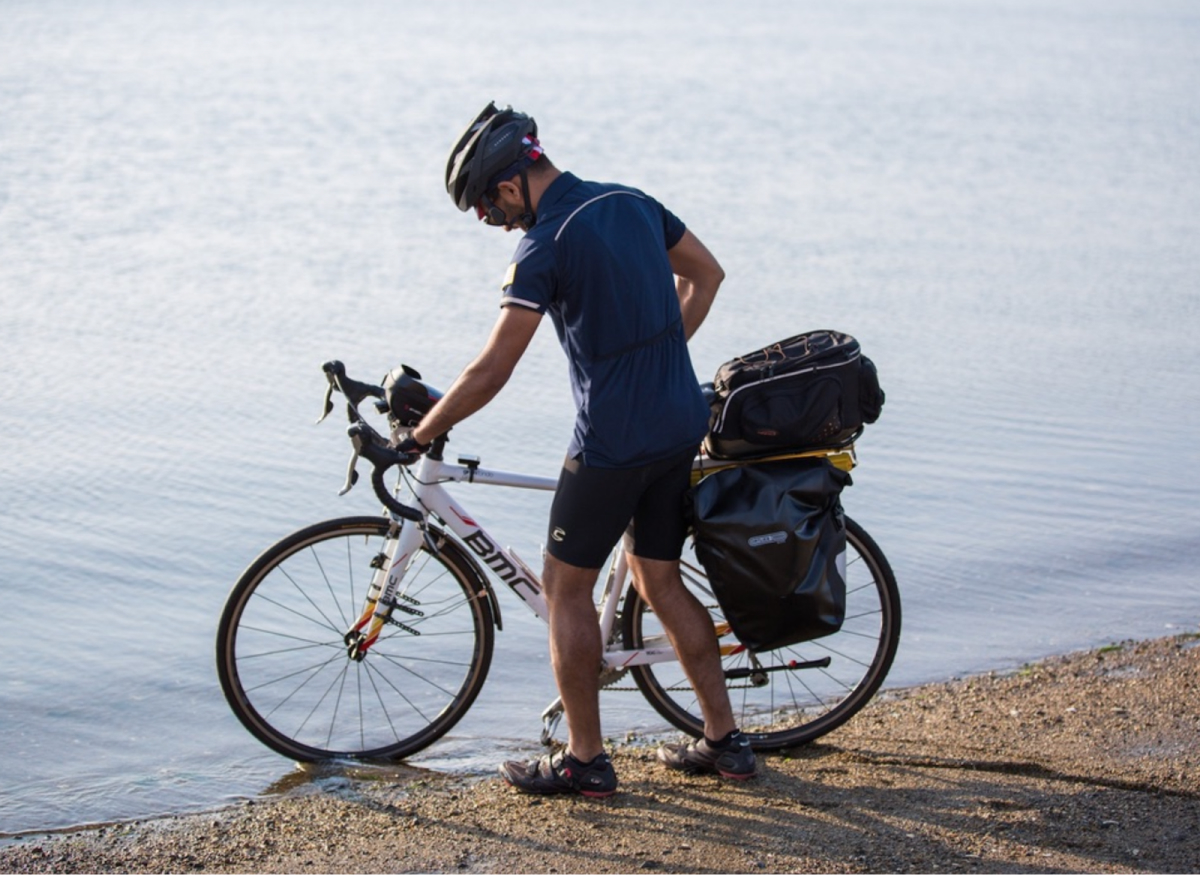
Dipping the wheel in the Boston Harbor.
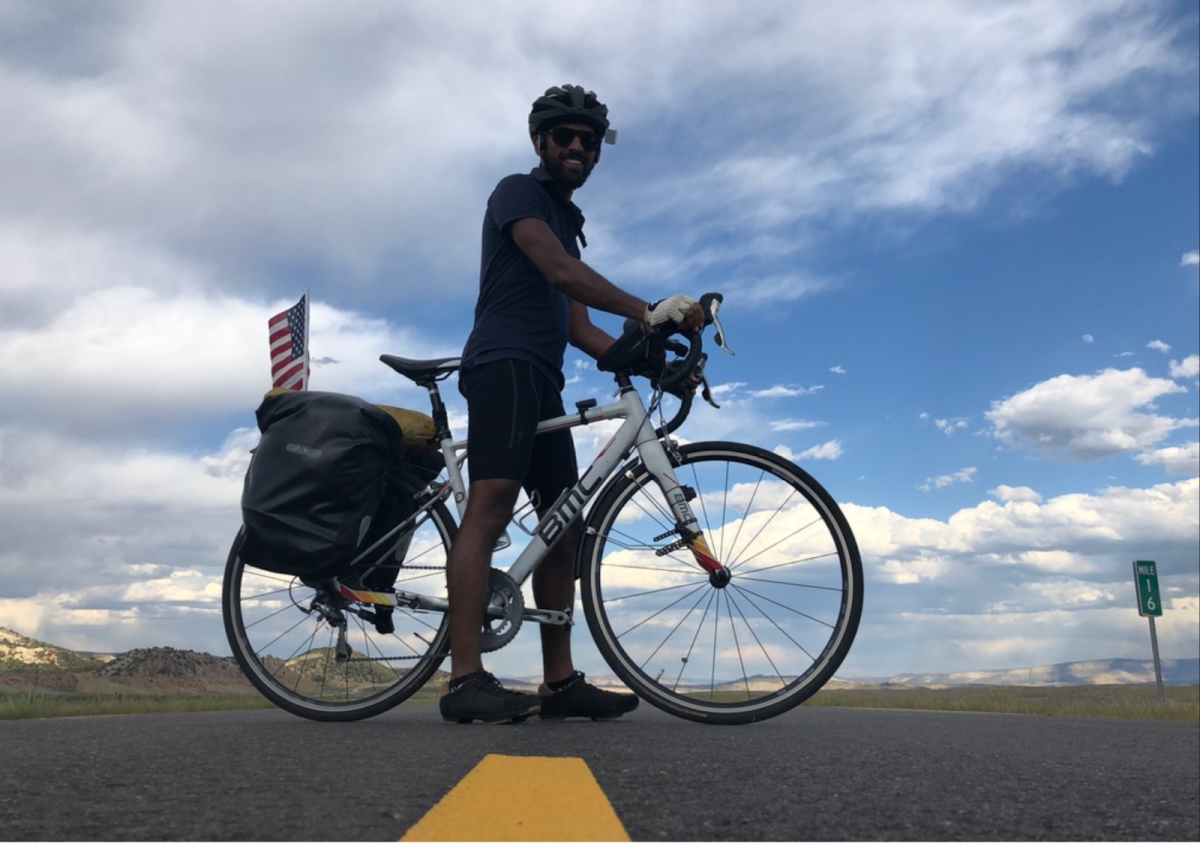
Biking through Colorado on US-40 (daytime temps peaked at 100ºF.
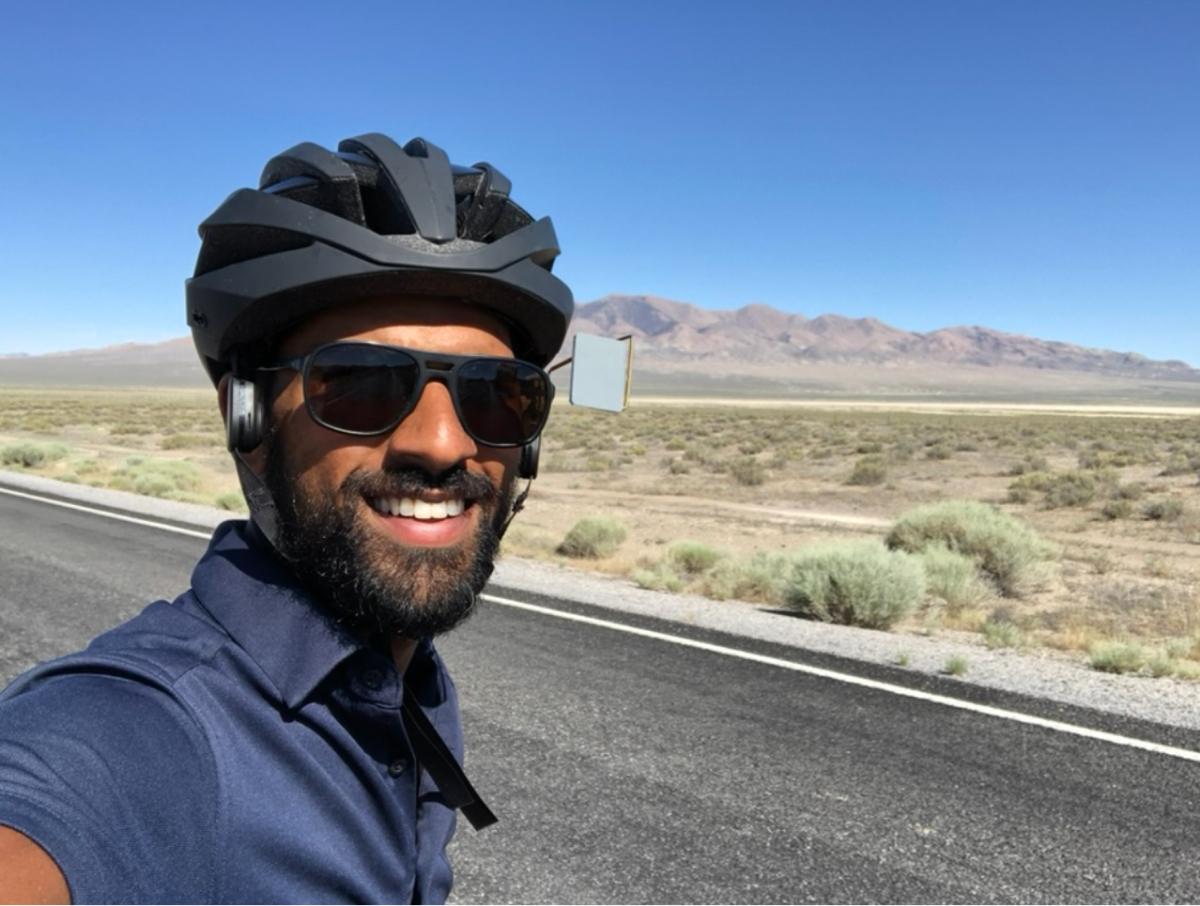
Riding through Nevada’s Great Basin.
Suffice to say, packing light was a necessity. For 35 days, I washed my shirt in whatever sink I could find, and let it air dry as I rode (with the bonus effect of a cool-down). I like to think the success of my journey was due in large part to Apollo’s incredible passive and active temperature regulation - tested at the extremes to ensure it can take on your daily commute without breaking a sweat.
So, if you can’t carry an air conditioner around with you, what’s the next best thing? It’s called Evaporative Cooling, or colloquially a “Swamp Cooler.” They use 90% less energy than an AC and are incredibly simple - all you need is some water (sweat), wet-wicking fabric and a fan (airflow).
Evaporative cooling utilizes a principle known as “simultaneous heat and mass transfer”:
Perspiration: Your body sweats liquid water when sufficiently heated.
Evaporation: Body heat causes the liquid sweat to evaporate to gaseous steam. Vaporization is the body’s way of capturing heat.
Convection: Because the steam from the sweat has mass (and mass can carry thermal energy), as the sweat is blown away, it carries heat with it.
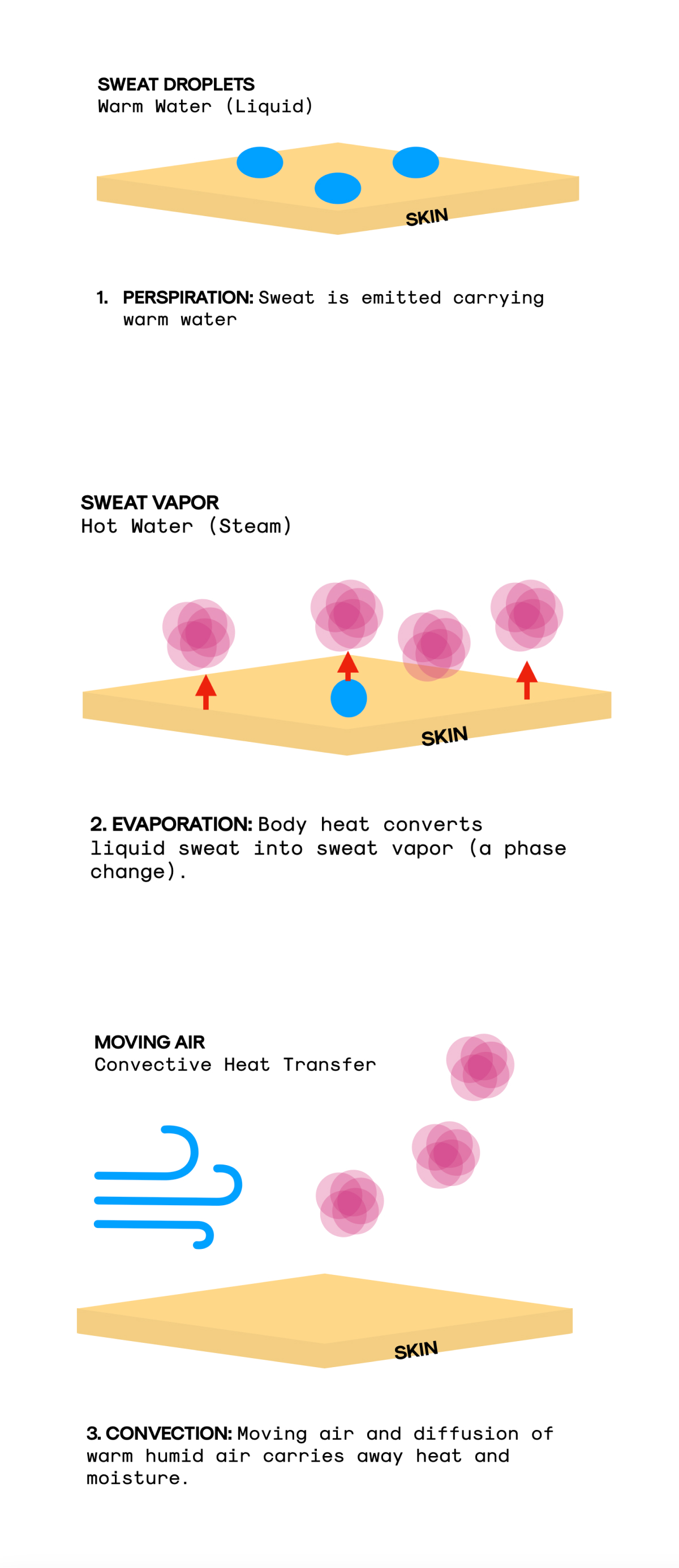
With Apollo, our goal was to get out of the body’s way and maximize the efficacy of evaporative cooling. As such, we leaned on three principles to create an amplifying effect:
Moisture Wicking Fabric: Like many performance-oriented pieces, Apollo wicks moisture and maximizes saturated surface area to accelerate evaporation - but while others stop there, we keep pushing forward.
19x Airflow: We combined our moisture-wicking fabric with a highly breathable pique-knit construction - microscopic pores next to the skin that allow 19x more breathability compared to traditional woven fabric. More airflow means sweat can easily vaporize.
Phase Change Materials: We turbo-charged all of this with our signature NASA PCMs, which absorb excess heat before you even start to sweat.
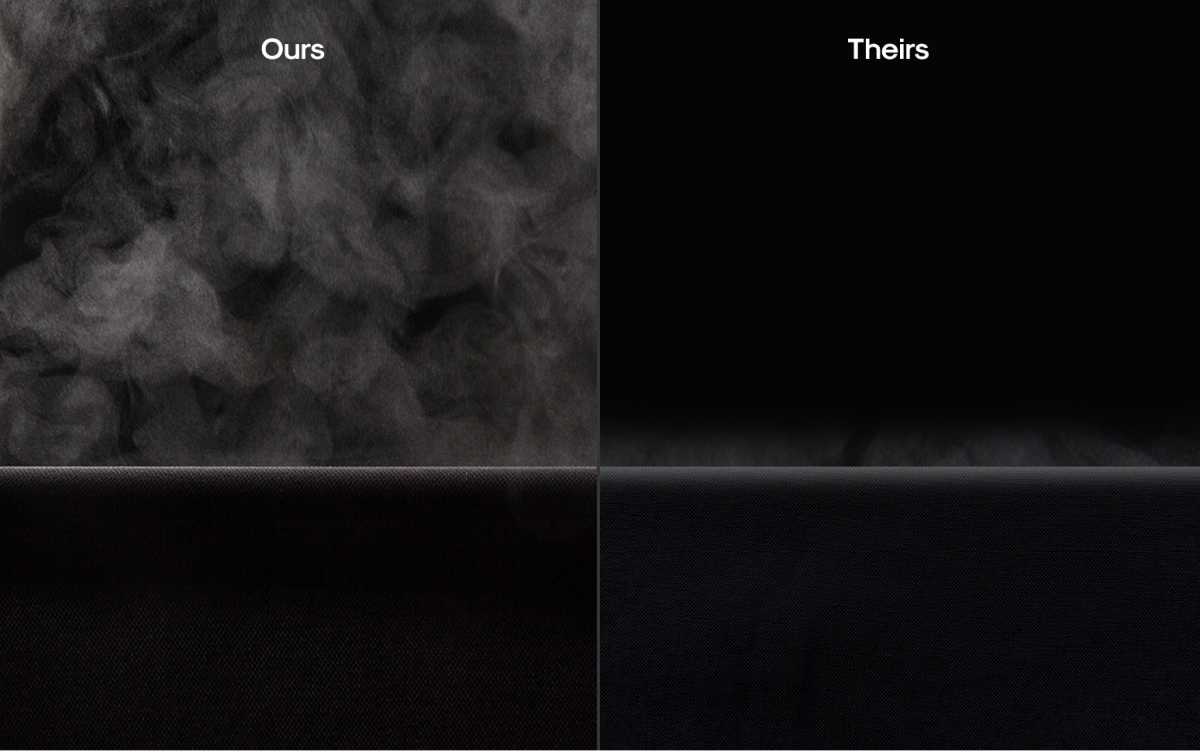
Airflow compared through steam of Apollo compared to a woven fabric.
The key thing here is that airflow accelerates all of this - and with Apollo’s 19x more breathable construction, the difference between us and the competition is night and day. Holding all other variables constant, Apollo fabric can cool you down up to 5.7x faster than traditional fabrics on a breezy day!
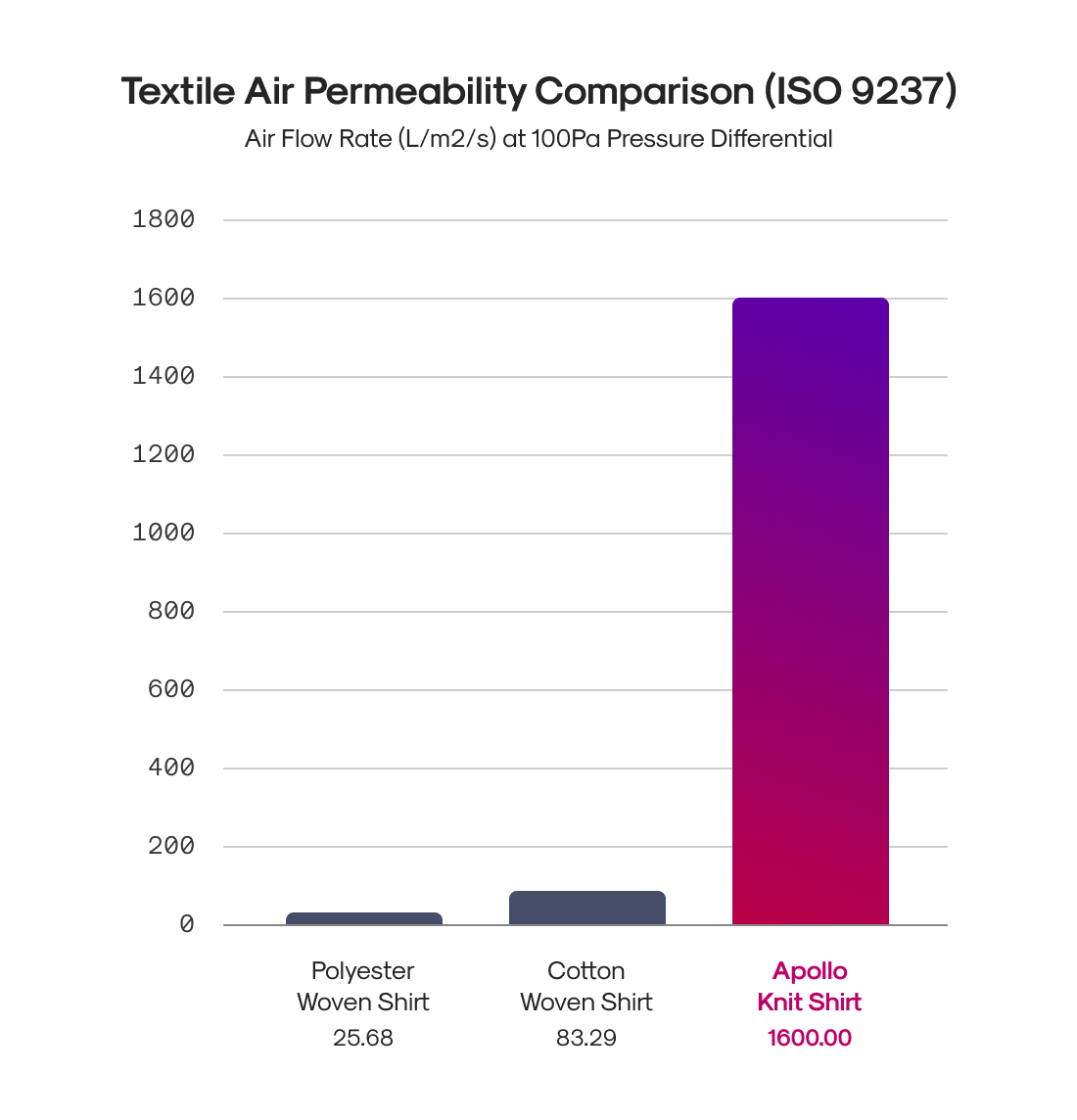
If you’re on the go this summer, whether it’s the bike ride into the office, a walk and talk meeting with colleagues or a trip into the unknown, Apollo is my personal recommendation - its incredible airflow and triple-action cooling are real-world tested to make the season that much more comfortable.
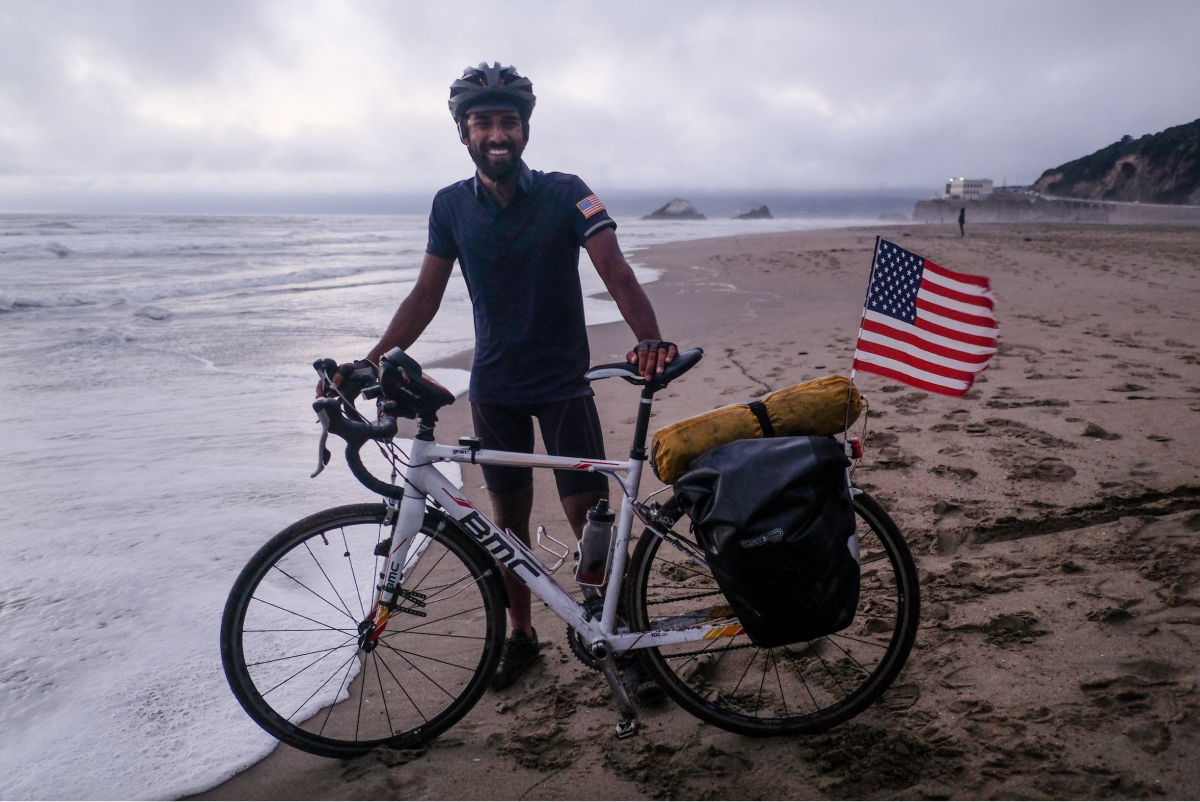
Journey's end, Ocean Beach, San Francisco, CA.
Stay Curious,
- Gihan